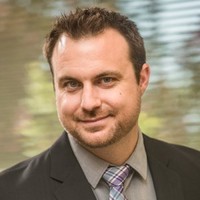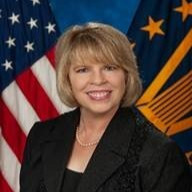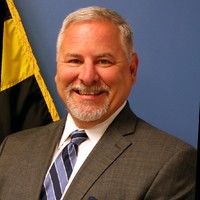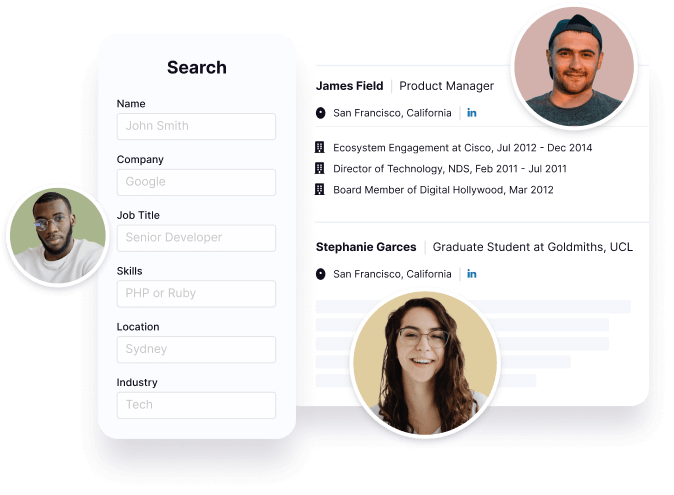Pete Coryn's Email & Phone Number
One Connection to Connect Providers, Payers and products - Redox
Pete Coryn Email Addresses
Pete Coryn's Work Experience

Lashaholic Lashes
Co-Owner, CFO
April 2017 to Present

State Patriot
President
June 2021 to Present

PainScript
Business Development Executive
August 2021 to Present

PainScript
Distributor
August 2021 to Present






Kforce
Account Manager
April 2007 to August 2009


Show more
Show less
Pete Coryn's Education
Marquette University
January 2000 to January 2004
Show more
Show less
Frequently Asked Questions about Pete Coryn
What is Pete Coryn email address?
Email Pete Coryn at [email protected] and [email protected]. This email is the most updated Pete Coryn's email found in 2024.
What is Pete Coryn phone number?
Pete Coryn phone number is 813-766-8477.
How to contact Pete Coryn?
To contact Pete Coryn send an email to [email protected] or [email protected]. If you want to call Pete Coryn try calling on 813-766-8477.
What company does Pete Coryn work for?
Pete Coryn works for Redox
What is Pete Coryn's role at Redox?
Pete Coryn is Account Executive
What industry does Pete Coryn work in?
Pete Coryn works in the Staffing & Recruiting industry.
Pete Coryn's Professional Skills Radar Chart
Based on our findings, Pete Coryn is ...
What's on Pete Coryn's mind?
Based on our findings, Pete Coryn is ...
Pete Coryn's Estimated Salary Range
Pete Coryn Email Addresses
Find emails and phone numbers for 300M professionals.
Search by name, job titles, seniority, skills, location, company name, industry, company size, revenue, and other 20+ data points to reach the right people you need. Get triple-verified contact details in one-click.In a nutshell
Pete Coryn's Ranking
Ranked #377 out of 7,550 for Account Executive in Florida
Pete Coryn's Personality Type
Extraversion (E), Intuition (N), Feeling (F), Judging (J)
Average Tenure
2 year(s), 0 month(s)
Pete Coryn's Willingness to Change Jobs
Unlikely
Likely
Open to opportunity?
There's 70% chance that Pete Coryn is seeking for new opportunities


























Pete Coryn's Social Media Links
/in/pete-coryn-5855b410 /company/medovent-solutions /school/marquetteu/